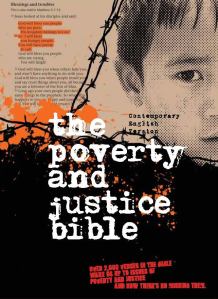If, as the United Church of Christ says, “God is still speaking,” it must also be true that the Bible is still being written. What will be in the New New Testament?
The present Bible was started 3,400 years ago (depending on how you count). It was completed around 90 C.E. or 1,900 years ago. So, it was written over a period of 1,500 years. The specifics are debatable, but you get the picture. A long long time.
I’m thinking ahead about 1,000 years. Should humanity have not committed suicide by then, some scholars may wonder what 20th-21st century Christianity looked like.
The Bible Bible is a wondrous book of tales, contradictory rules, questionable history, sex, ponderings about divinity and humanity, poetry, love, crime, conflict, hope, all seen through the lens of a people’s relationship with their God. So will the next one be.
Logically, the New New Testament (NNT) should begin 90 C.E., when the last one ended, but my current number of brain cells can’t cope. I will start using the method I’m most familiar with: off the top of my head.
Let’s go with the obvious first: C.S. Lewis, Mere Christianity, Surprised by Joy, sections of at least one of his books will be included.
Marvelous tales: Lewis’ friend, J.R. Tolkien’s Lord of the Rings stories would fit in with David and Goliath and the Ark stories. As would A Wrinkle in Time.
No doubt the scholars will come across the Left Behind series, which would not show up in my Bible version, but will no doubt end up in some version.
And whose stories will be told? Dorothy Day via columns from the “Catholic Worker;” Archbishop Desmond Tutu and the work of Reconciliation in South Africa; Simone Weil, creepy but popular; Dietrich Bonhoeffer; MLK, Jr.
In the Psalms section: Gerard Manley Hopkins. He is 19th century, but I love him and it’s my bible. W.H. Auden, Carolyn Forche, Denise Levertov, David Whyte.
I’d wait another 200 years to see whether Joel Osteen’s writing stands the test of time, or that of Tammy Faye Bakker, or Rick Warren, or Oral Roberts.
My Books of the Bible are shamefully English-language centered, but that’s what lives at the top of my head.
I suspect that the NNT will not be limited to Christians. The search for the divine is not limited; the People of God are no longer a small group, but an encompassing people.
I encourage you to create a list of Books/ Stories/ People/ Poems for the NNT. It is an exercise in Seeing Biblically. The world we live in is full of “biblical life,” that is, the stories of how people struggle with the idea of the Divine. The Bible is not dead, but passed along in thousand-year chunks. Future people will learn from us, so let’s think about it now.



